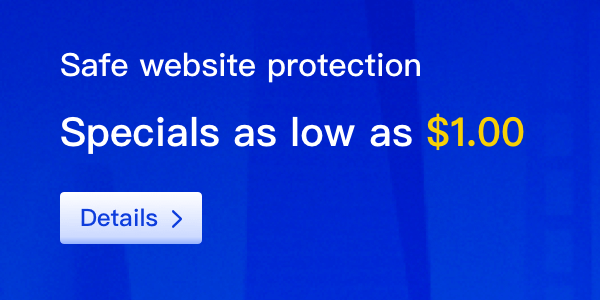In today's digital landscape, email remains one of the most common forms of communication for businesses. Despite its convenience, it also poses significant security risks, especially for small businesses that may lack the resources of larger organizations. This blog post outlines essential email security best practices that small businesses should implement to safeguard their communications and sensitive information.

Understanding Email Security Threats
Before diving into best practices, it's crucial to understand the types of threats that can compromise email security. Common threats include phishing attacks, where malicious actors impersonate legitimate entities to trick users into revealing personal information or clicking on harmful links. Another significant threat is malware, which can be delivered through email attachments or links, leading to data breaches and system compromises. Additionally, businesses must be wary of social engineering attacks, where attackers manipulate individuals into divulging confidential information.
Best Practices for Email Security
1. Implement Strong Password Policies
One of the simplest yet most effective ways to enhance email security is by implementing strong password policies. Encourage employees to create complex passwords that include a mix of upper and lower case letters, numbers, and special characters. Moreover, passwords should be changed regularly, and employees should avoid using the same password across multiple accounts. Consider using password managers to help employees manage their passwords securely.
2. Enable Two-Factor Authentication (2FA)
Two-factor authentication adds an extra layer of security by requiring users to provide two forms of verification before accessing their email accounts. This could include a password and a one-time code sent to a mobile device. 2FA significantly reduces the risk of unauthorized access, as even if a password is compromised, an attacker would still need the second form of verification to gain access.
3. Train Employees on Phishing Awareness
Human error is often the weakest link in email security. Regularly training employees on how to recognize phishing attempts and other email threats can greatly enhance your organization's security posture. Conduct workshops that simulate phishing attacks, allowing employees to practice identifying suspicious emails. Provide clear guidelines on what to do if they suspect an email is a phishing attempt, such as reporting it to IT.
4. Use Secure Email Services
Opt for email services that prioritize security and offer advanced features such as end-to-end encryption, spam filtering, and malware detection. Services that provide secure email gateways can help filter out potentially harmful emails before they reach employees' inboxes. Additionally, consider using encrypted communication tools for sensitive information that needs to be shared via email.
Regularly Monitor and Audit Email Accounts
Regular monitoring of email accounts can help detect any unusual activity. Set up alerts for any unauthorized access attempts or unusual login locations. Conduct periodic audits of email accounts to ensure that only necessary accounts are active and that former employees' accounts are disabled promptly. Keeping a close eye on email account activity can help identify potential threats early on.
Conclusion
Email security is a critical concern for small businesses in an increasingly digital world. By understanding the threats and implementing best practices such as strong password policies, two-factor authentication, employee training, and secure email services, businesses can significantly reduce their risk of falling victim to email-related threats. Regular monitoring and auditing of email accounts further enhance security and ensure that sensitive information remains protected. Implementing these practices will not only safeguard your business but also build trust with your clients and stakeholders.























